This post is also available in: ![]() English
English ![]() Français (French)
Français (French)
Introduction
The spirulina or Arthrospira platensis is a cyanobacteria with a spiral shape. The size is about one tenth of a millimetre, identifiable by its blue-green colour.
The “microalage” (correct term is bacteria) is recognised for its high nutritional value and chemical composition. It is one of the most important industrially cultivated cyanobacteria worldwide. It has an high-content in protein (50-70 by dry weight).
China and the United States are today the largest industrial producers. Small and medium size farms in France cultivate also the spirulina.

Nowadays, more and more people are starting to produce spirulina in greenhouses. Indeed, the greenhouse is a perfect tool to protect and control the environment. In fact, it helps the growers to set the optimal growing conditions.
Spirulina growing conditions
The major limiting factors for the spirulina cultivation are light, water temperature, nutrients availability like most plants: carbon , nitrogen, mineral salts… and water chemical proprieties : brackish water (salty but not as much as seawater) and alkaline (pH between 9 and 11) :
- The light is the key factor to grow spirulina, the bacteria is able to do the photosynthesis. Many studies were focused on light intensity effect on the increase in biomass production.
- Some experts mentioned that the spirulina do not tolerate brutal change of temperature (water). Above 35°C the yields are starting to fall.
- The nutrients availability is also a limiting factor.
Below a culture medium example (Zarouck’s medium):
_ NaHCO3 (16.8 g/L)
_ K2HPO4 (0.5 g/L)
_ KNO3 (2,5 g/L) - The basic pH and high alkalinity prevent the contamination by other microorganisms in the culture medium.
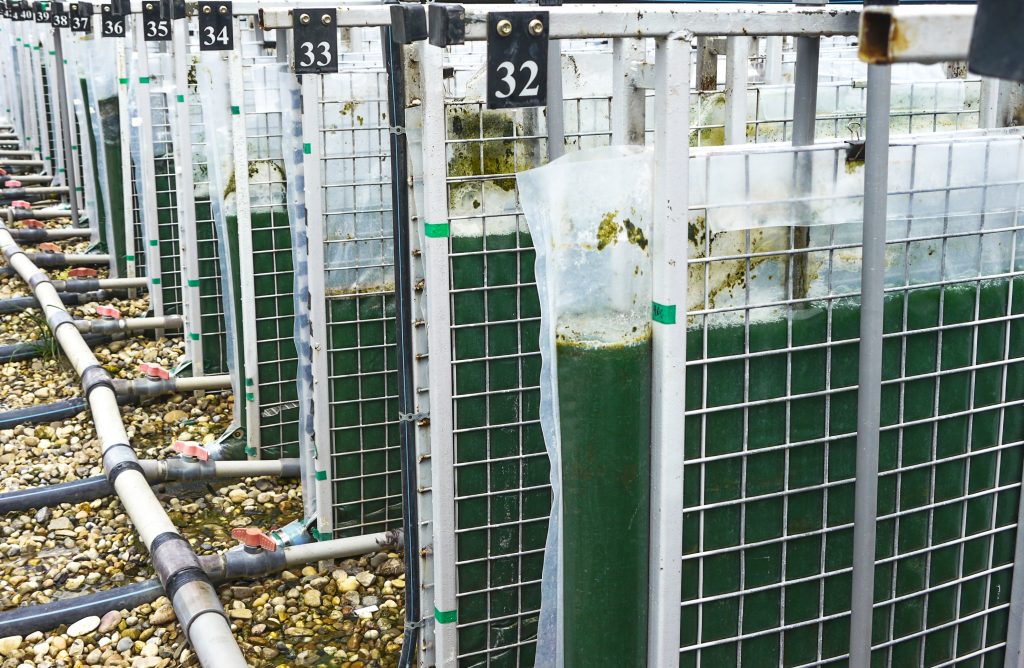
Cultivation under greenhouses
The two main methods of spirulina production are the Open Raceway Pond (ORP) or closed photobioreactors (PBR) : tubular, column or flat configuration…
Spirulina can be cultivated in greenhouses in shallow ponds, constantly stirred. Indeed, the Arthrospira needs light, however, it can not withstand prolonged exposure to the sun. To develop the system will require water and CO2.
Low-tech greenhouses with netting (large mesh) on the cladding in order to have good ventilation can be a good option to control the temperature inside. The greenhouse’s main function will be to protect the Arthrospira of the external disturbances (weather, outside contamination…).
Moreover, the selection of the right plastic film to cover the greenhouse will be very important to have a high amount of light inside the growing area. For exemple, a plastic with a high diffuse treatment is preferred with vertical growing method. Ineed, light rays will reach more surface in the greenhouse.
Having a fogging system (low or high pressure) can also help (depending the project location) to increase the relative humidity (%) reducing the temperature inside the greenhouse. This system is not very effective and costly in the tropical and sub tropical regions due to the extreme RH % in the air.
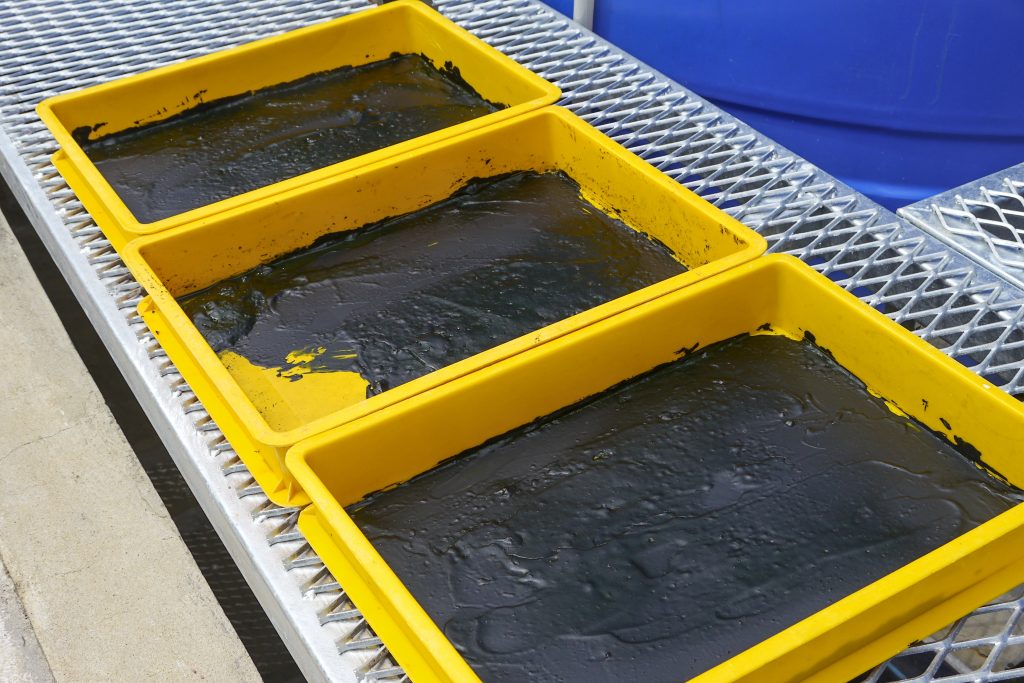
One the above photo, the culture medium is then filtered to recover the spirulina which is then pressed and dried to ensure its preservation.
Sources:
Arthrospira (Spirulina): B.A. Whitton (ed.), Ecology of Cyanobacteria II: Their Diversity in Space and Time.
Edible Cyanobacterial Genus Arthrospira: Actual State of the Art in Cultivation Methods, Genetics, and Application in Medicine, Furmaniak and al., 2017.
Production de spiruline à la ferme: produire de la spiruline à la ferme grâce au digestat et à la chaleur excédentaire d’une installation de biogaz.
Zarrouk, C. (1966). Contribution to the Study of Cyanophyceae: Influence of Various Physical and Chemical Factors on Growth and Photosynthesis of Spirulina maxima (Setch and Gardner) Geitler. Doctoral thesis, University of Paris, Paris.
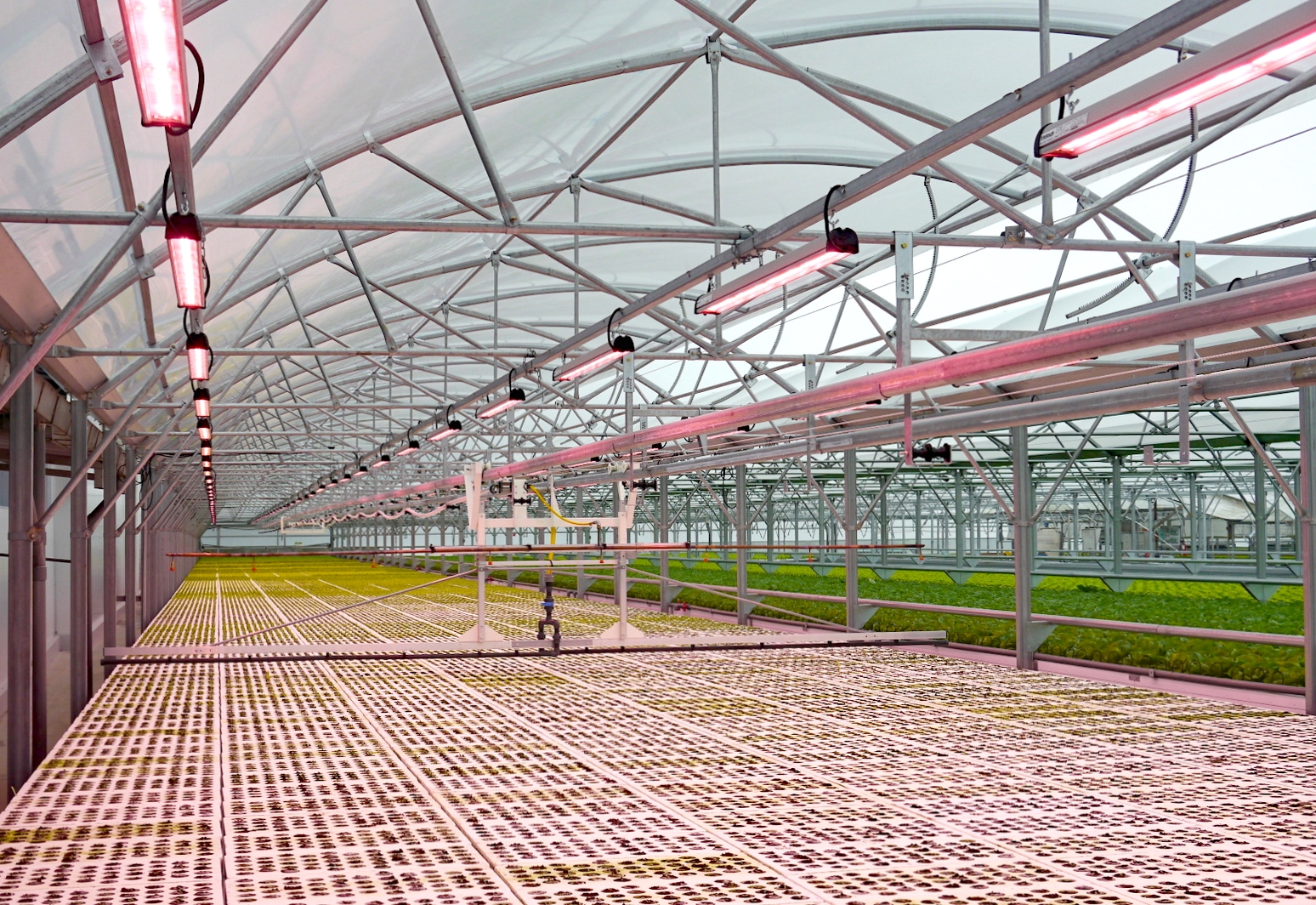


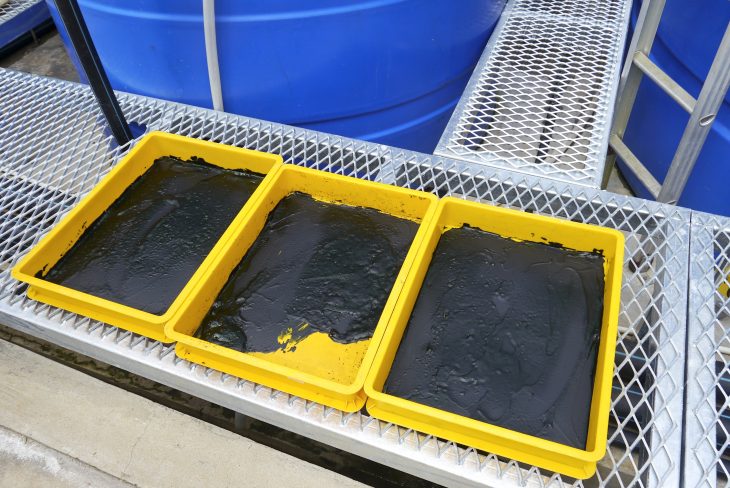
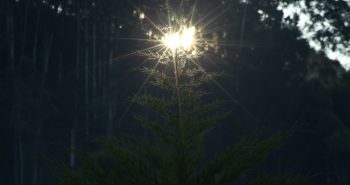
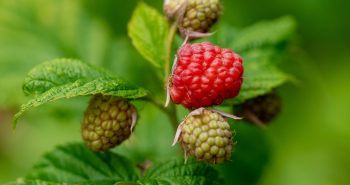

Great Article, Thank you very much. I’m looking for the information to grow Spirulina in the tunnel in Ireland.
This article is very helpful. I have a small farm near Restrepo and I would appreciate your advice on greenhouse growing.
[…] a group of photosynthetic bacteria commonly called algae. An article on the blog is dedicated on spirulina cultivation in a […]